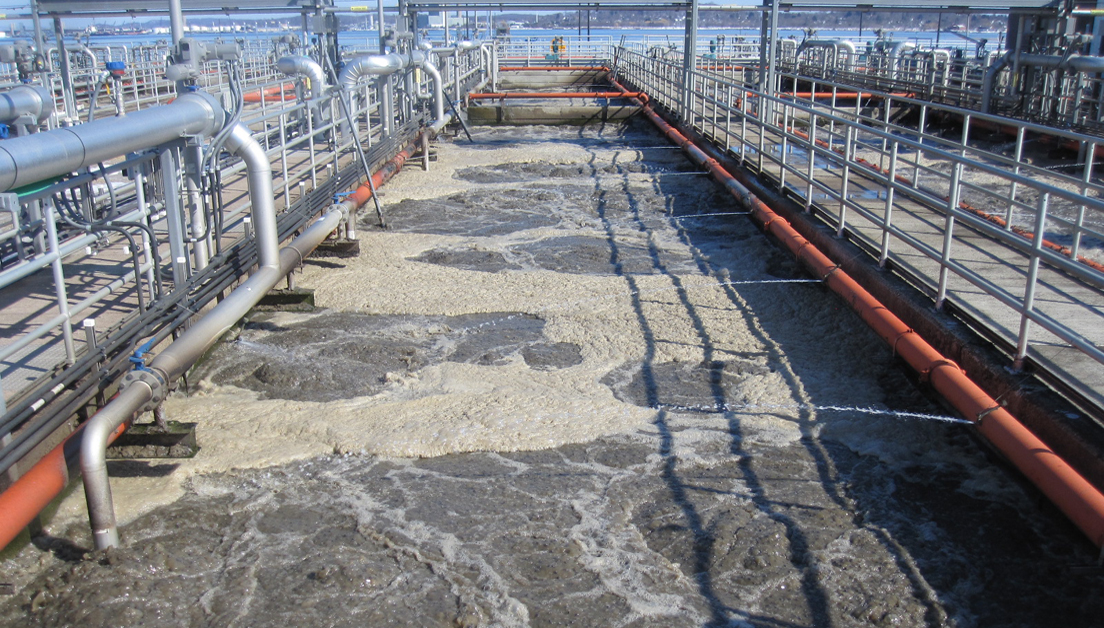Challenge
Inland Empire Paper Company (IEP) in Spokane, Washington, is a manufacturer of high-quality newsprint and specialty paper products. The mill, which has been in operation since 1911, produces an average of 530 tons of pulp and finished paper products every day.
IEP uses two separate processes to produce the pulp it uses for its finished products. The resultant wastewater from these processes had been treated using a primary clarifier, an Evoqua Orbal® three-channel oxidation system, and a secondary clarifier. But when production approached the existing system’s capacity at the same time that some of the most stringent biochemical oxygen demand (BOD) limits in the country were put into effect, IEP knew the mill’s wastewater treatment plant required upgrading.
Solution
Project leaders at IEP researched and pilot-tested several secondary-type treatment systems for enhanced removal of BOD that could also expand the capacity of the existing system and improve overall operability. They determined that the Evoqua Moving Bed Biological Reactor (MBBR) was the solution that could provide the best overall performance, particularly since it could work in conjunction with and enhance the performance of the existing Orbal system.
For the IEP plant upgrade, the MBBR was split into two parallel trains, each with a capacity of 262,500 gallons, a quarter of the volume of the Orbal system that was already in place. This modification allowed the MBBR to have a smaller footprint that fit within the confines of the company property.
Results
Installation of the MBBRs significantly improved the performance of IEP’s wastewater treatment system, allowing increased facility production shortly after going into operation. Before installation, the plant had difficulty maintaining a consistent solids retention time (SRT) due to a poor sludge volume index (SVI). This created a problem in maintaining the appropriate mixed liquor suspended solids (MLSS) measurement necessary for the SRT for efficient BOD removal in the plant’s particular waste stream.
Within three months of the commissioning of the Evoqua MBBRs, the SVI greatly improved, which gave the operators tremendous flexibility in terms of the Orbal system’s SRT. This also improved settling in the clarifier, greatly improving the removal efficiencies for both BOD and total suspended solids (TSS).

